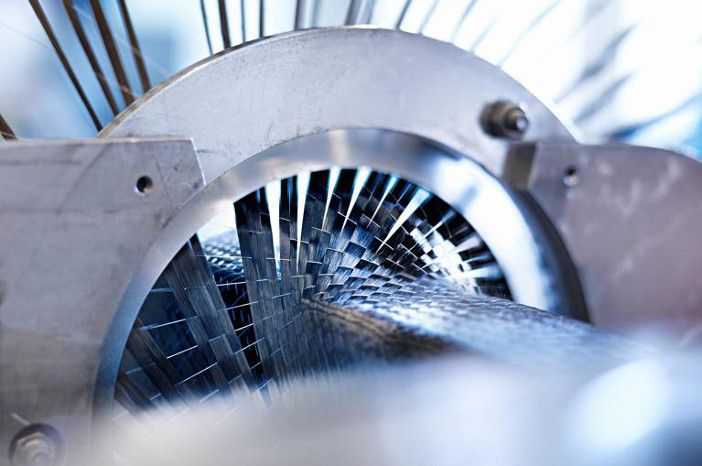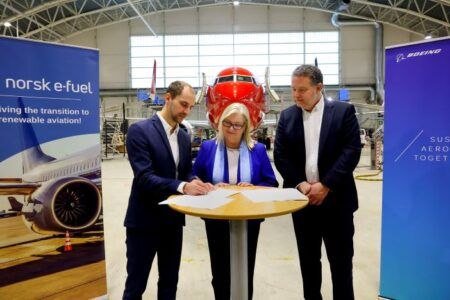Researchers at the University of South Carolina College of Engineering and Computing has been awarded a US$5.7 million grant from NASA to develop faster simulation and manufacturing processes for aircraft production.
The four-year NASA University Leadership Initiative (ULI) grant will use experimental and simulation techniques to make the thermoplastic tape that aircraft are built from stronger and more durable. This tape will be used in advanced manufacturing processes such as automated fiber placement and automated tape layup to build aircraft parts at a higher production rate.
The researchers will then use thermoplastic welding, instead of nuts and bolts, to fusion bond the parts together.
The research program also involves Boise State University, the University of Southern Mississippi, Benedict College and several industry partners. The project will take its so-called “atom to airframe to spaceframe” approach to dramatically increase the production rate of aircraft to meet the predicted demand for eVTOL (electric vertical take-off and landing) urban air taxis in the future.
High-selling aircraft like the Boeing MAX and the Airbus A321 can be produced at a rate of 60 to 70 aircraft a month, or two to three aircraft a day. Industry experts predict that by the end of this decade the market for urban air taxis, small vehicles with a passenger capacity of four to six, will require aircraft OEMs to move to manufacturing methodologies similar to those used in the automotive sector.
Michel van Tooren, the initiator of the NASA proposal and the former director of University of South Carolina (UofSC) SmartState Center for Multifunctional Materials and Structures, said, “If you do 100 aircraft a day and it’s maybe 30 blades on an aircraft, then that’s 3,000 blades a day.
“There’s no technology available at the moment that creates such an enormous number of aircraft-quality products, and that’s the big challenge.”
Hossein Haj-Hariri, dean of the College of Engineering and Computing at UofSC said, “The UofSC McNair Aerospace Center has become a household name in the aerospace composites world, especially in the area of thermoplastics and fastener-free joining, as well as robotics, digital commissioning, combustion and predictive maintenance.”
“It’s a new level of simulation and it’s a new way of manufacturing,” van Tooren says. “Through it, we can transform aerospace manufacturing and open the door to large-scale urban air mobility sooner than we ever imagined.”
NASA’s ULI fund totals US$32.8 million ULI and has five leads, including South Carolina, North Carolina Agricultural and Technical State University, Oklahoma State University, Stanford University and the University of Delaware. The ULI is funding the universities’ research programs to support the NASA aerospace portfolio and the larger US aviation community.





